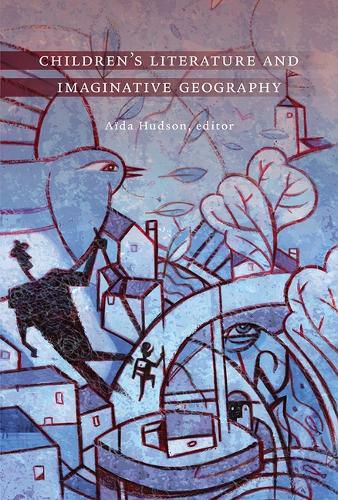Readings Newsletter
Become a Readings Member to make your shopping experience even easier.
Sign in or sign up for free!
You’re not far away from qualifying for FREE standard shipping within Australia
You’ve qualified for FREE standard shipping within Australia
The cart is loading…






Where do children travel when they read a story? In this collection, scholars and authors explore the imaginative geography of a wide range of places, from those of Indigenous myth to the fantasy worlds of Middle-earth, Earthsea, or Pacificus, from the semi-fantastic Wild Wood to real-world places like Canada's North, Chicago's World Fair, or the modern urban garden.
What happens to young protagonists who explore new worlds, whether fantastic or realistic? What happens when Old World and New World myths collide? How do Indigenous myth and sense of place figure in books for the young? How do environmental or post-colonial concerns, history, memory, or even the unconscious affect an author's creation of place? How are steampunk and science fiction mythically re-enchanting for children?
Imaginative geography means imaged earth writing: it creates what readers see when they enter the world of fiction. Exploring diverse genres for children, including picture books, fantasy, steampunk, and realistic novels as well as plays from Canada, the United States, the United Kingdom, and Ireland from the early nineteenth century to the present, Children's Literature and Imaginative Geography provides new geographical perspectives on children's literature.
$9.00 standard shipping within Australia
FREE standard shipping within Australia for orders over $100.00
Express & International shipping calculated at checkout
Stock availability can be subject to change without notice. We recommend calling the shop or contacting our online team to check availability of low stock items. Please see our Shopping Online page for more details.
Where do children travel when they read a story? In this collection, scholars and authors explore the imaginative geography of a wide range of places, from those of Indigenous myth to the fantasy worlds of Middle-earth, Earthsea, or Pacificus, from the semi-fantastic Wild Wood to real-world places like Canada's North, Chicago's World Fair, or the modern urban garden.
What happens to young protagonists who explore new worlds, whether fantastic or realistic? What happens when Old World and New World myths collide? How do Indigenous myth and sense of place figure in books for the young? How do environmental or post-colonial concerns, history, memory, or even the unconscious affect an author's creation of place? How are steampunk and science fiction mythically re-enchanting for children?
Imaginative geography means imaged earth writing: it creates what readers see when they enter the world of fiction. Exploring diverse genres for children, including picture books, fantasy, steampunk, and realistic novels as well as plays from Canada, the United States, the United Kingdom, and Ireland from the early nineteenth century to the present, Children's Literature and Imaginative Geography provides new geographical perspectives on children's literature.